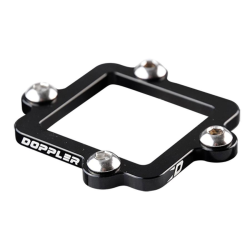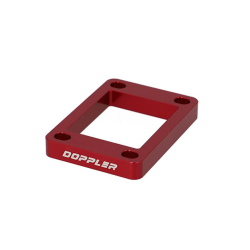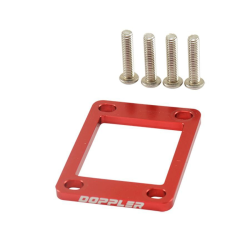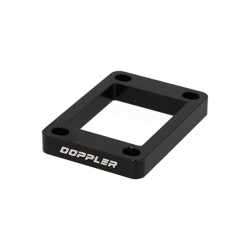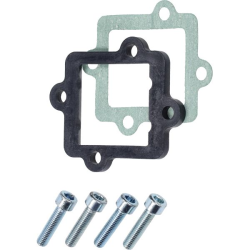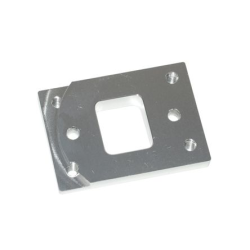The best scooter shop in 2025
Raising Plate Membrane
Ophoogplaat 10MM Membraan Derbi / AM6 Doppler Rood
Ophoogplaat 5MM Membraan Derbi / AM6 Doppler Rood
Ophoogplaat 10MM Membraan Derbi / AM6 Doppler Zwart
Ophoogplaat 5MM Membraan Derbi / AM6 Doppler Zwart
Ophoogplaat Spruitstuk Malossi Minarelli
Opvulstuk Membraan Honda
WIG DMP / Piaggio
Raising Plate Membrane: An Essential Part of the Engine
The raising plate membrane plays an important role in the performance of moped and scooter engines. Although the term "membrane" is also used in other contexts, such as in biology (for example, in the eye), this text focuses on the application of membrane plates in vehicle engines. We address questions about what a membrane is in general and how it is constructed, to gain a better understanding of this crucial component.
What is a membrane in the eye?
In the medical and biological context, a membrane is a thin layer that separates cells or tissues. In the eye, the term usually refers to the retina membrane or other membranes involved in the visual system. The retina is a light-sensitive layer that covers the inside of the eye and is responsible for converting light into electrical signals, which are sent to the brain for processing.
While this definition is relevant in the context of eye anatomy, it's important to understand that membrane plates in engines serve a very different function, specifically, regulating the air and fuel supply in your moped's engine.
How is a membrane constructed?
The construction of a membrane varies depending on the application, but in the context of a raising plate membrane in an engine, we can distinguish several key aspects:
-
Material: Membrane plates are typically made from flexible and durable materials such as rubber, silicone, or special composites. These materials are chosen for their ability to adapt to changes in pressure and temperature without tearing or deforming.
-
Thickness and Flexibility: The thickness of the membrane plate is crucial for its performance. A plate that is too thick can reduce the engine's efficiency, while a plate that is too thin may not have the necessary strength to withstand the pressure in the engine. The flexibility of the plate allows it to bend and respond to changes in air pressure that occur during the engine cycle.
-
Structure: The membrane plate often has a special structure with a number of holes or openings designed to optimize the air and fuel supply. These openings allow the membrane plate to open and close based on pressure changes, ensuring efficient engine operation.

 Nederlands
Nederlands